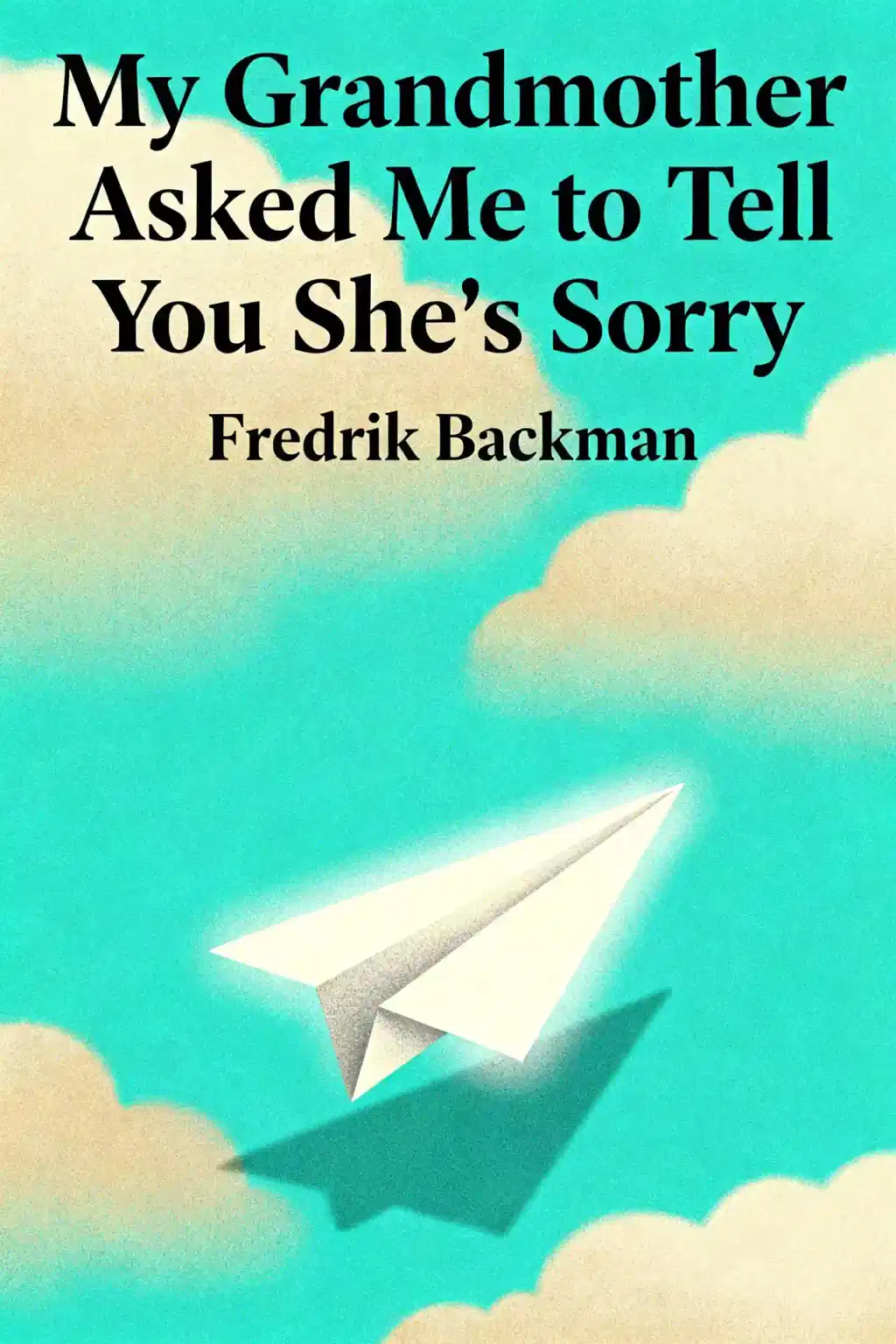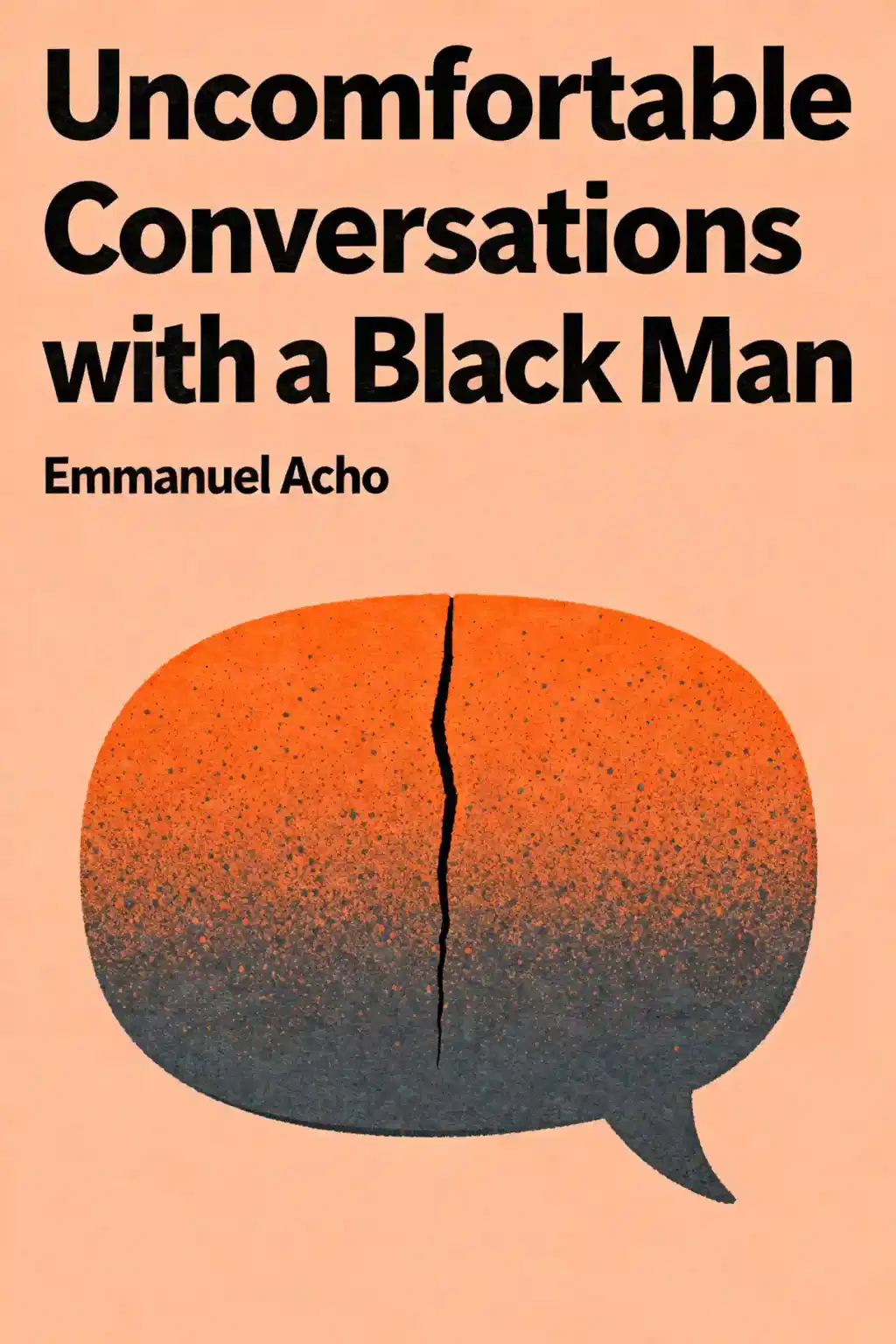What is
A Man Called Ove by Fredrik Backman about?
A Man Called Ove follows Ove, a grumpy widower who finds renewed purpose through unexpected friendships with his neighbors. The story interweaves his present struggles with flashbacks of his life with his late wife, Sonja, exploring themes of grief, love, and community. Ove’s journey from isolation to connection highlights the transformative power of human relationships.
Who should read
A Man Called Ove by Fredrik Backman?
This book is ideal for readers who enjoy character-driven stories about resilience, redemption, and the impact of community. Fans of heartwarming tales blending humor and emotional depth, or those navigating loss, will find Ove’s journey relatable and uplifting.
Is
A Man Called Ove worth reading?
Yes. The novel’s blend of dark humor, poignant storytelling, and themes of love and redemption make it a compelling read. Its exploration of grief and human connection resonates deeply, offering both laughter and tears while affirming life’s unexpected joys.
What are the main themes in
A Man Called Ove?
Key themes include:
- Grief and memory: Ove’s struggle with loss and his wife’s enduring influence
- Community and belonging: How neighbors help Ove rebuild his life
- Principles and loyalty: Ove’s rigid moral code and its evolution
- Redemption: His shift from isolation to embracing life’s complexities
How does Ove’s relationship with Sonja shape the story?
Sonja’s love and death define Ove’s identity. Her vivacity balanced his gruffness, and her absence drives his despair. Flashbacks reveal their deep bond, while her memory gradually inspires him to reconnect with others, underscoring love’s lasting impact.
What symbols are significant in
A Man Called Ove?
- The Saab: Represents Ove’s resistance to change and attachment to the past
- The stray cat: Symbolizes unexpected companionship and Ove’s hidden compassion
- Sonja’s belongings: Serve as tangible reminders of love and loss
How do secondary characters influence Ove’s transformation?
Parvaneh, a pregnant neighbor, persistently draws Ove into community matters, mirroring Sonja’s warmth. Others, like Rune (a former friend), highlight themes of reconciliation. These relationships challenge Ove’s isolation, fostering growth.
The neighborhood acts as a microcosm of interconnected lives. Ove’s initial disdain for his neighbors gives way to mutual reliance, illustrating how communal bonds combat loneliness and provide purpose, ultimately saving him from self-destruction.
What are memorable quotes from
A Man Called Ove?
- “We fight for what we believe in.” Reflects Ove’s steadfast principles
- “Loving someone is like moving into a house.” Highlights the gradual, enduring nature of love
- “Death is a strange thing.” Captures Ove’s philosophical musings on loss
What criticisms exist about
A Man Called Ove?
Some readers find Ove’s harsh demeanor initially off-putting, though it softens organically. Others note predictable plot beats, but these are offset by the novel’s emotional depth and humor.
How does
A Man Called Ove compare to similar books?
Fans of Eleanor Oliphant Is Completely Fine or The Unlikely Pilgrimage of Harold Fry will appreciate its focus on quirky protagonists overcoming isolation through human connection. Backman’s mix of humor and heart distinguishes it within the genre.
What is Fredrik Backman’s writing style in
A Man Called Ove?
Backman uses wry humor and poignant prose to balance Ove’s gruffness with warmth. Flashbacks enrich character development, while understated dialogues reveal emotional depth, creating a narrative that’s both witty and deeply moving.




















